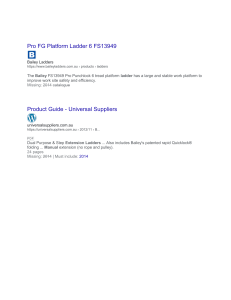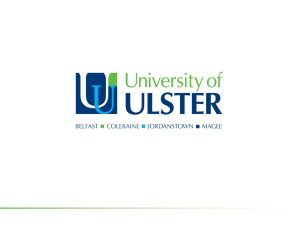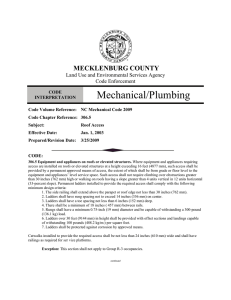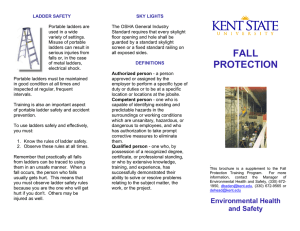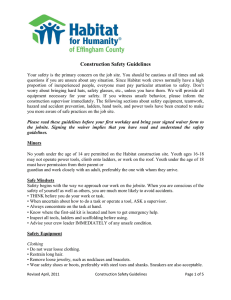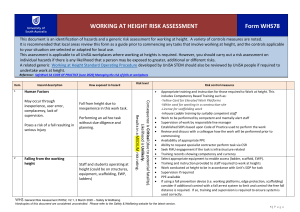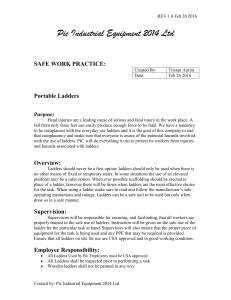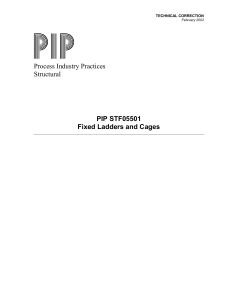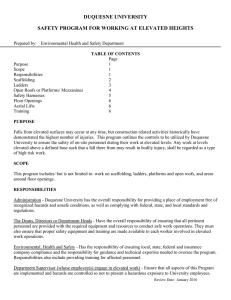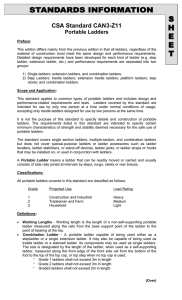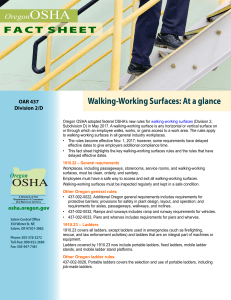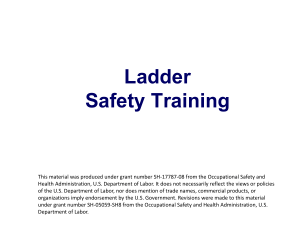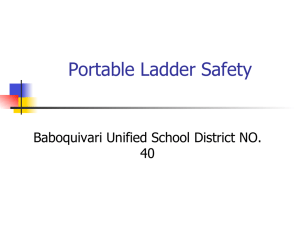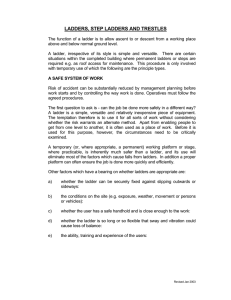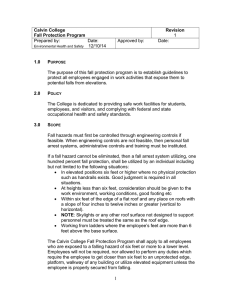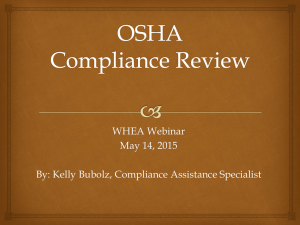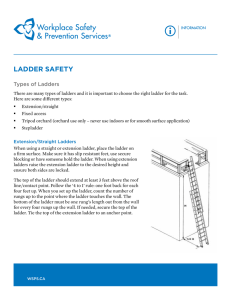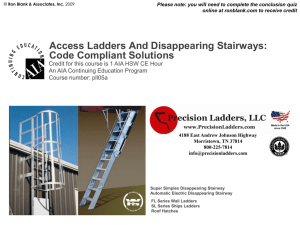Document 12959145
advertisement
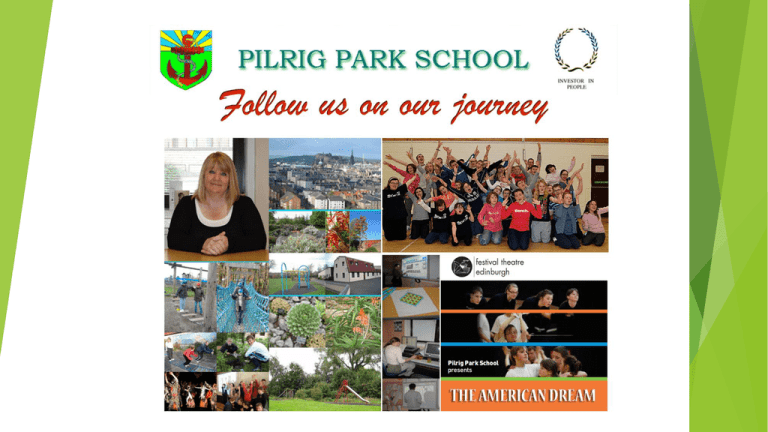
Expressive Arts Sample How Do They Work? 8 Learning Areas 8 Learning Ladders Follow students on their learning journeys Format Horizontal ladder in every learning area Mark top right - Learning Area Mark top left - Subjects Within the Learning Area Rungs of ladder - marked Early to 4th Level Above the ladder – Outcomes Below the ladder – Experiences…I can….. In the middle of the ladders – the Standard THE LEARNING LADDERS. • Map the totality of our curriculum • Helped the whole school community have a deep understanding of curriculum for excellence. • Visual resource in a school full of visual learners. • Used by the whole school community. • Progressive pathways chartered across all subjects in all curricular areas. • Facilitated the development of staffs approaches to assessment and moderation. • Exciting to watch our learners make connections across curricular areas. What did we do next? WHERE DID WE START? HOW DID WE BUILD THE CURRICULUM? We carried out an extensive exercise answering key questions in the following order: • Where do our learners go post school? • What skills do they need to gain these positive destinations? • What courses and programmes would help develop these skills? • How will this impact the design of our Senior Phase: choices, accreditation? • What will our BGE look like in order to impact our Senior Phase? • What does transition into secondary look like? The skills we need… BROAD AND GENERAL EDUCATION. • The LEARNING GROUPS. • Whole school Literacy, Numeracy and Health and Wellbeing focus. • Personalisation and choice. Flexible pathways. • 3rd year profiles. • Tracking • Reflective practice • Active learning: planning folders. SENIOR PHASE. Choices around skills for life and work Salon. Hub. Café. Gardening. Childcare Hospitality Parallel certification Transition pathways Work experience Independent travel Partnership Personalisation and choice. Choices around skills for life and work. The SALON. The HUB. Café in LEITH. The Gardening CREW. Environmental Science. Theatre Arts. Media Studies. Hospitality. Technology. Work Experience. Independent travel. Transition in Action. THE RATIONALE AND DESIGN OF THE CURRICULUM • The school has a clear rationale based on the school’s shared vision of working together to inspire learning and help to shape the future. • A broad and general education is provided for all young people from S1-S3 and there is range of flexible progression routes into the senior phase to meet the needs of all young people. • High priority is given to providing enjoyable and challenging learning in a range of RELEVANT and MOTIVATING contexts which develop the skills for the 21st century. • Young people have an extensive range of opportunities to learn across the four contexts of the curriculum including curriculum areas and subjects, interdisciplinary approaches, the local community and rich opportunities for personal achievement for young people across all stages. • The promotion of Health and Wellbeing underpins much of the curriculum to provide a SUPPORTIVE and INCLUSIVE learning environment. • A key strength of the school’s curriculum is the extensive range and high quality of contributions from partners which provide inspirational learning experiences for young people. • The school has developed a comprehensive and strategic approach to providing a progressive IDL framework across the school. IMPACT…A real learner’s journey.
